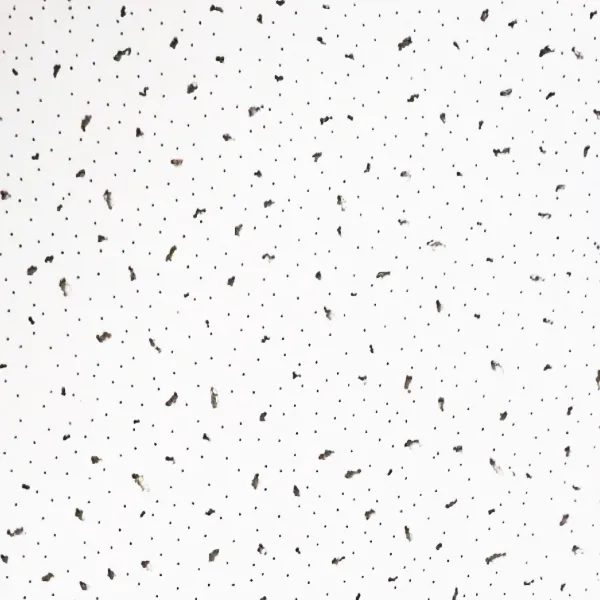- Afrikaans
- Albanian
- Amharic
- Arabic
- Armenian
- Azerbaijani
- Basque
- Belarusian
- Bengali
- Bosnian
- Bulgarian
- Catalan
- Cebuano
- Corsican
- Croatian
- Czech
- Danish
- Dutch
- English
- Esperanto
- Estonian
- French
- German
- Greek
- Hindi
- Indonesian
- irish
- Italian
- Japanese
- Korean
- Lao
- Malay
- Myanmar
- Norwegian
- Norwegian
- Polish
- Portuguese
- Romanian
- Russian
- Serbian
- Spanish
- Swedish
- Thai
- Turkish
- Ukrainian
- Uzbek
- Vietnamese
Okt . 10, 2024 08:52 Back to list
Suspended Ceiling Cross Tee Installation and Design Guidelines for Effective Space Division
Understanding Suspended Ceiling Cross Tees A Key Component in Modern Ceiling Systems
Suspended ceilings, often referred to as drop ceilings or false ceilings, have become a staple in modern construction and renovation projects. One of the crucial components of these systems is the suspended ceiling cross tee. This article delves into the significance, functionality, and installation of cross tees in suspended ceiling systems.
What are Suspended Ceiling Cross Tees?
Suspended ceiling cross tees are horizontal support members that connect to the primary runners of a suspended ceiling framework. They serve to create a grid-like structure that holds up the ceiling tiles or panels, ensuring they remain stable and secure. Typically available in various lengths and widths, cross tees are designed to accommodate different ceiling tile sizes, accommodating both aesthetic and functional needs.
Functionality and Importance
The primary role of cross tees in a suspended ceiling system is to provide additional support. By connecting the main runner supports, they help distribute the weight of the ceiling tiles evenly, preventing sagging and ensuring durability. This is especially important in commercial buildings where larger spans are common and where heavy lighting fixtures, HVAC systems, or other utilities may be integrated into the ceiling.
suspended ceiling cross tee

Moreover, cross tees play a vital role in maintaining the ceiling’s accessibility. The grid system allows for easy removal and reinstallation of ceiling tiles, making it simpler for maintenance personnel to access hidden utilities. This is particularly beneficial in environments where regular servicing of electrical, air conditioning, and plumbing systems is necessary.
Installation Process
The installation of suspended ceiling cross tees involves several steps. First, the main runner framework must be securely fixed to the ceiling structure. Once the main runners are in place, the cross tees are inserted into the designated slots, forming a grid pattern. The spacing between the cross tees must align with the dimensions of the ceiling tiles being used, ensuring a snug fit.
Proper alignment and leveling are critical during installation to ensure a visually appealing ceiling. It is advisable to use a laser level or a chalk line to mark the desired height and positioning of each component. Once the cross tees are in place, the ceiling tiles can be easily dropped into the grid, completing the suspended ceiling.
Conclusion
In summary, suspended ceiling cross tees are an essential component of modern ceiling systems, providing the necessary support, stability, and accessibility required in today’s architecture. Their role in maintaining the integrity of the ceiling while allowing for easy access to utilities cannot be overstated. Whether in residential renovations or large-scale commercial projects, understanding cross tees and their installation is crucial for achieving a successful suspended ceiling system. With the right approach, these components can significantly enhance both the functionality and aesthetics of any space.
-
Transform Interiors with PVC Gypsum Ceiling: A Stylish, Durable, and Moisture-Resistant SolutionNewsMay.19,2025
-
The Smart Interior Upgrade: Discover the Durability and Versatility of Gypsum Ceiling Access Panel SolutionsNewsMay.19,2025
-
The Smart Choice for Interior Design: Discover the Value of PVC Gypsum Ceiling SolutionsNewsMay.19,2025
-
Mineral Fiber Ceiling Tiles: The Smart Blend of Performance and AestheticsNewsMay.19,2025
-
Mineral Fiber Ceiling Tiles: The Superior Choice Over Gypsum for Sound and Fire SafetyNewsMay.19,2025
-
Mineral Fiber Ceiling Tiles: Eco-Friendly Strength and Style for Every CeilingNewsMay.19,2025







